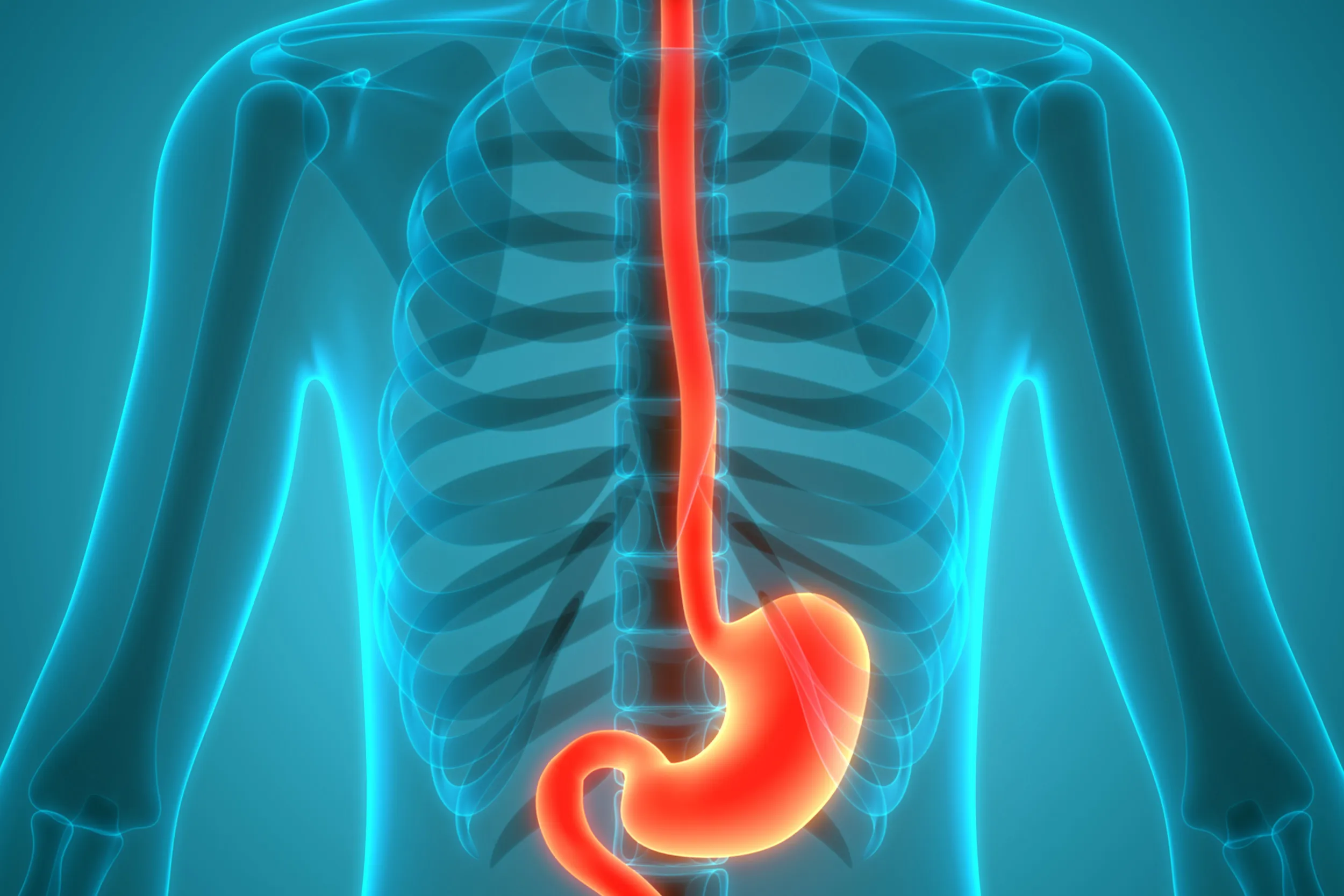A study led by researchers at Beth Israel Deaconess Medical Center (BIDMC) revealed that individuals with a history of upper gastrointestinal (GI) tract damage have a 76% higher risk of developing Parkinson’s disease compared to those without such damage.
The research highlights a potential pathway for Parkinson’s development and suggests that those with a history of upper GI damage—commonly caused by ulcerations from H. pylori infection, gastroesophageal reflux disease (GERD), or the use of non-steroidal anti-inflammatory drugs (NSAIDs) like ibuprofen—may need increased monitoring for future Parkinson’s risk.
The findings were co-authored by Jocelyn J. Chang of Tufts University School of Medicine and Subash Kulkarni of BIDMC.
“Evidence increasingly supports the idea that, in some individuals, Parkinson’s disease begins in the gut before it impacts the central nervous system,” explained lead author Trisha S. Pasricha, MD, MPH, a neurogastroenterologist and director of Clinical Research at the Institute for Gut-Brain Research at BIDMC.
Pasricha emphasized that while many associate the brain’s influence on the gut, the gut may exert considerable influence on the brain in ways that are still being uncovered.
She noted that GI symptoms such as constipation and nausea often precede the onset of motor symptoms, like tremors or walking difficulties, by years or even decades in Parkinson’s patients.
“Our lab is focused on better understanding this ‘gut-first’ pathway in Parkinson’s disease because it could lead to new strategies for early intervention and treatment,” Pasricha added.
Parkinson’s disease, a progressive neurodegenerative condition, currently affects around 8.5 million people worldwide—a figure that has more than doubled in the past 30 years.

To investigate the “gut-first hypothesis,” Pasricha and her colleagues conducted a retrospective cohort study using patient data from an electronic database representing urban academic centers, outpatient clinics, and community hospitals in the greater Boston area.
The team identified patients with no prior history of Parkinson’s who underwent upper endoscopies (EGD) between 2000 and 2005.
This procedure captures images of the esophagus, stomach, and the initial portion of the small intestine, which together comprise the upper GI tract.
Patients with mucosal damage—injuries to the lining of the upper GI tract—were compared in a 1:3 ratio with those who had no such damage, and all participants were followed until July 2023.
Of the 2,338 patients with mucosal damage, 2.2% were later diagnosed with Parkinson’s disease, compared to just 0.5% of the 8,955 patients without mucosal damage who went on to develop the disease.
After adjusting for confounding variables, the study found that those with a history of upper GI mucosal damage had a 76% increased risk of Parkinson’s disease.
On average, Parkinson’s was diagnosed 14.2 years after the mucosal damage was first observed during an upper endoscopy.
“We found that a history of upper GI mucosal damage was associated with a significantly higher risk of developing Parkinson’s disease, underscoring the importance of closely monitoring these patients,” Pasricha, who is also an instructor of medicine at Harvard Medical School, remarked.
She further noted, “Given the widespread use of NSAIDs for conditions like back pain and headaches, and the global prevalence of peptic ulcers affecting over 8 million people, understanding the link between mucosal damage and Parkinson’s disease pathology could be key to recognizing early risk and exploring potential interventions.”
